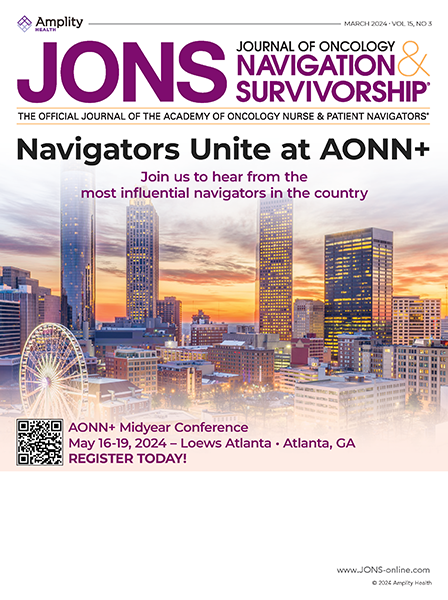Genetic alterations in patients with advanced non–small-cell lung cancer (NSCLC) have led to the development of tailored medicines aimed at these mutations to improve clinical outcomes. The KRASG12C mutation is one of these mutations, which is found in approximately 13% of NSCLC cases. This mutation has been linked to a history of smoking and is more prevalent in Caucasians. Different radiological aspects have been linked to NSCLC mutations, and further study is being done to determine if there are differences in the oncogenic drivers of NSCLC that could lead to changes in prognosis or metastatic potential. Wu and colleagues examined the imaging characteristics and metastatic patterns of patients with KRASG12C mutation–positive NSCLC to patients with NSCLC with other genetic alterations, such as fusion rearrangements (ie, RET, ALK, ROS1) and EGFR mutations in a recent Cancers journal article. Pretreatment imaging investigations such as computed tomography scans of the chest, abdomen, and pelvis with or without positron emission tomography, and computed tomography and/or magnetic resonance imaging of the brain were reviewed. The main tumor was identified (where possible), lymph nodes were assessed, and other sites such as the lungs, pleura, pericardium, visceral organs, liver, adrenal glands, bones, brain, and subcutaneous soft tissues were investigated for metastases.1
During the review, 215 patients with KRAS mutation–positive NSCLC were discovered. All the tumors in this patient group were adenocarcinomas, with high rates of extrathoracic metastases to the lymph nodes, liver, adrenal glands, bone, and soft tissue.1 The point G12C mutation was found in 83 of the patients, whereas 132 patients without the point G12C mutation were found. When imagining patterns were examined, the patients with KRASG12C mutation–positive NSCLC were more likely than patients without the point G12C mutation to show lung cavitation (13% vs 5%), as well as lung metastases (38% vs 21%). When the fusion rearrangement group (N = 215) was compared with the KRASG12C group, the G12C group had a lower occurrence of pleural metastasis (21% vs 41%) and lymphangitic carcinomatosis (4% vs 39%) but had a higher occurrence of brain metastasis (42% vs 22%). When compared with patients with NSCLC harboring EGFR mutations (N = 117), the G12C group had a higher frequency of distant nodal metastasis (10% vs 2%) and a lower lung metastasis frequency (38% vs 67%).1 The G12C group exhibited a lower rate of intrathoracic metastasis (52%) than the fusion rearrangement group (75%) and the EGFR group (82%), but had a greater rate of soft tissue metastasis (13%) compared with the fusion rearrangement group (4%) and the EGFR group (0%).1
Differences in imaging patterns between NSCLC patients with the point G12C mutation and those with other genetic variants could help clinicians diagnose and treat patients with NSCLC in the future.
Reference
- Wu MY, Zhang EW, Strickland MR, et al. Clinical and imaging features of non-small cell lung cancer with G12C KRAS mutation. Cancers (Basel). 2021;13:3572.



